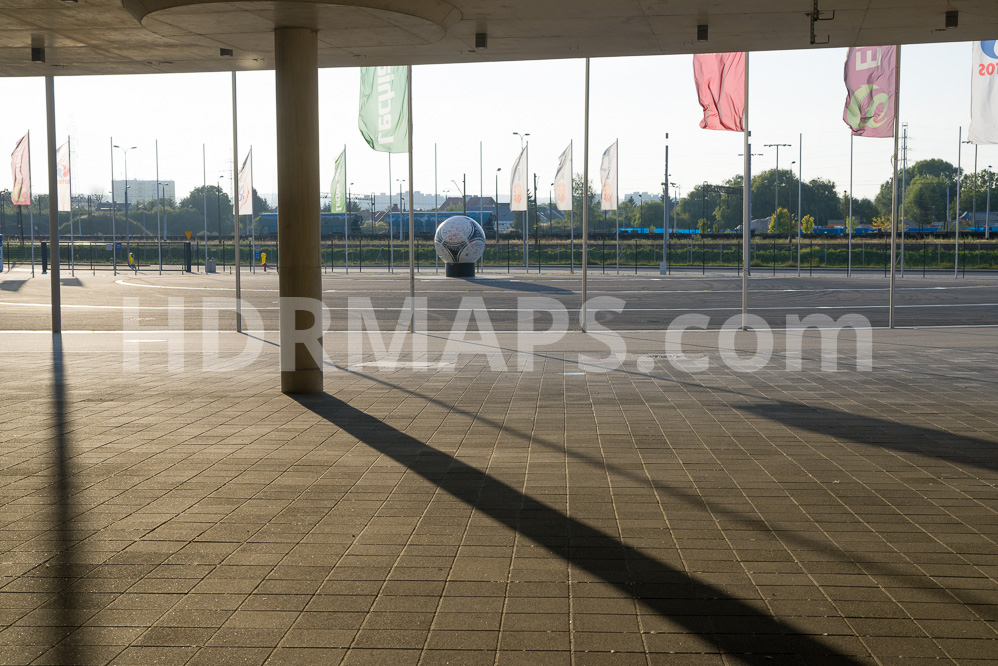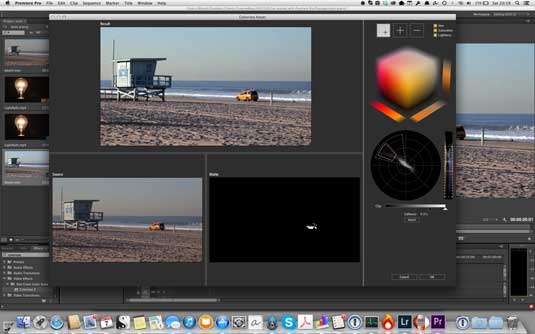
When you get on board with Magic Bullet, you are joining a community of creators connected by a company dedicated to being a creative partner. And there is an amazing community of dedicated users that share looks, tips and techniques, not just for color correction but for high-end image creation on a no-dollar budget. They have created a constellation of applications that sit right on top of After Effects, Premiere, and FCPX. The development team at RedGiant is made up of filmmakers, DV Rebels, and techies that understand the workflows and hardware most low-budget filmmakers are using. There is no easier way to start creating powerful, compelling looks if you know next to nothing about color grading. MBL can be as simple as a two-second drag and drop effect, or one could spend an hour noodling a shot until it’s “perfect.” There’s a balance between quick, easy-to-use presets and infinitely tweakable settings that allow for customization and complex grading effects. The tool set included in the suite is unique and intuitively designed for anyone that’s ever spent an hour working with video on a computer. What’s not to love? Why You Should Love Magic Bullet Once again that tension thrived between the “barbarians at the gates” and the “elitists in the towers.” Resolve sets the standard for professional color grading apps, and the free version is more than most people will ever need. It wasn’t enough that we had a free DaVinci now, it was that the former high-end suites and artists knew we had a free DaVinci. There was a not-so-subtle schadenfreude among starving filmmakers when BlackMagic did the the unthinkable and gave the rabble the keys to the Ferrari. Resolve used to cost as much as a small apartment, ran on proprietary hardware, and was reserved for the highest-end projects for high-paying clients. If you have ever spent time in any of the Resolve wannabes or the more esoteric apps like SpeedGrade, then you will instantly fall in love with the grandmother of all digital grading platforms.

As we move toward this future, my only advice is to avoid the temptation to decide on a “best.” Feature films with famous actors have been colored in the Magic Bullet Suite and no-budget webisode videos have been graded in Resolve. The choice of which one to use will get more interesting. Plus, next month Resolve 12 will drop and include more “edit-y” features.


It’s only going to get more polarized now that Premiere Pro CC 2015 includes in-timeline color grading. Most small to medium post companies doing ad work want me to color in the NLE, while filmmakers working on shorts and features want a Resolve session after picture lock.


 0 kommentar(er)
0 kommentar(er)
